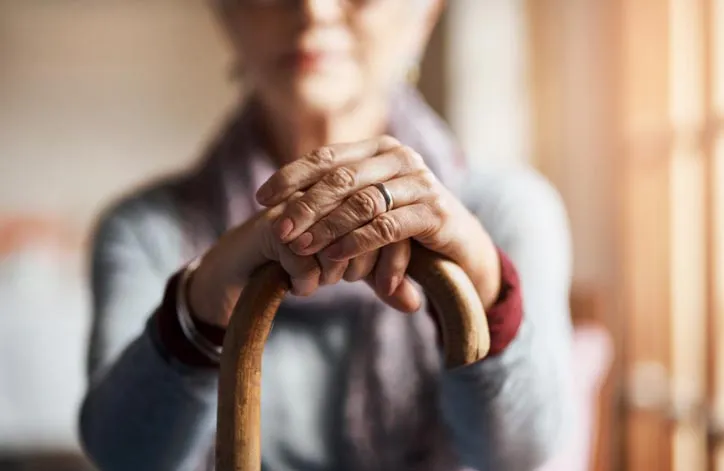
Photo: Cecilie Arcurs/Getty Images
The Commonwealth Fund has released a state-by-state look at Medicare that shows a wide variation in affordability and spending.
Surprisingly, more spending does not equate to higher life expectancy. Life expectancy at age 65 was found to be lower in states with higher Medicare spending.
“Just by spending more, it doesn’t mean [it’s] providing better outcomes,” said David Radley, senior scientist, Tracking Health System Performance, The Commonwealth Fund.
The main finding is that Medicare is not uniform across the country. There are inconsistencies among states in beneficiaries’ ability to afford care, access doctors, meet requirements for prior authorization and avoid unnecessary hospitalizations.
“The report uncovers wide gaps in access. We hope policy-makers use this as a benchmark for change,” said Dr. Joseph Betancourt, president of The Commonwealth Fund, speaking during a press conference on Thursday.
The report included both Medicare and Medicare Advantage coverage, with researchers estimating an equal division among beneficiaries enrolled in traditional Medicare and MA. About half of MA plans don’t have a premium.
Access to care and health outcomes are shaped by a mix of state and local factors, such as the strength of a state’s health system, the affordability of supplemental coverage and the structure of private Medicare Advantage and drug plans. All of these vary nationwide.
One conclusion, said Gretchen Jacobson, vice president, Medicare, Expanding Coverage and Access, The Commonwealth Fund, is that higher performing states have Medicare Advantage and Part D plans that offer better coverage. The highest performing states also have a healthcare system that performs well for all of its residents.
The policy implications include setting Medicare standards for private plans and incentivizing providers for best practices.
WHY THIS MATTERS: THE FINDINGS
Vermont, Utah and Minnesota scored highest overall for Medicare beneficiaries’ access to care, affordability, quality and outcomes, while Louisiana, Mississippi and Kentucky ranked lowest.
States differ on affordability of healthcare. The share of older adults going without care because of cost was nearly four times higher in Louisiana (6%) than in Vermont (1.6%).
Out-of-pocket spending on prescription drugs also varied widely, with beneficiaries in New York paying about 4.5% of their drug costs out of pocket, compared to nearly 13% in North Dakota.
Prior authorization requirements varied by state. Fewer than 10% of Medicare Advantage plans in South Dakota require prior authorization for specialist visits or preventive services, compared to more than 70% in Washington and Virginia.
Preventable hospitalizations vary sharply by state. Rates of avoidable hospital admissions range from 14 per 1,000 Medicare beneficiaries in Idaho to nearly 35 per 1,000 in West Virginia, Massachusetts and Alabama.
Loneliness is widespread among older adults. At least one in four older adults on Medicare in states where data was available reported feeling lonely or lacking emotional support. This is a challenge that can lead to poorer health outcomes, the report said.
THE LARGER TREND
Medicare offers more stable access to care than other insurance, the report said. Older adults with Medicare are far less likely to face cost or access barriers than younger adults with Medicaid, commercial coverage or no insurance at all.
For example, just 3.8% of older adults overall reported skipping needed care because of cost, compared to more than 15% of younger adults.
In every state, older adults are more likely than those under the age 65 to have a primary care provider.
Hospitals depend on Medicare coverage. The American Hospital Association estimates that 96% of hospitals have 50% of their inpatient days paid by Medicare and Medicaid. More than 82% of hospitals have 67% Medicare and Medicaid inpatient days.
One in five Americans, 75 million people, are enrolled in Medicare. Of those, an estimated 68 million people are 65 and older, and 7 million are under the age of 65.
The report looked at 31 measures from data for years 2023 and 2024 to rank all 50 states and the District of Columbia. The 31 indicators were across the four domains of access to care, quality of care, costs and affordability, and population health.
The Commonwealth Fund released the report the day after the start of open enrollment, during Medicare’s 60th year.
Email the writer: SMorse@himss.org
<